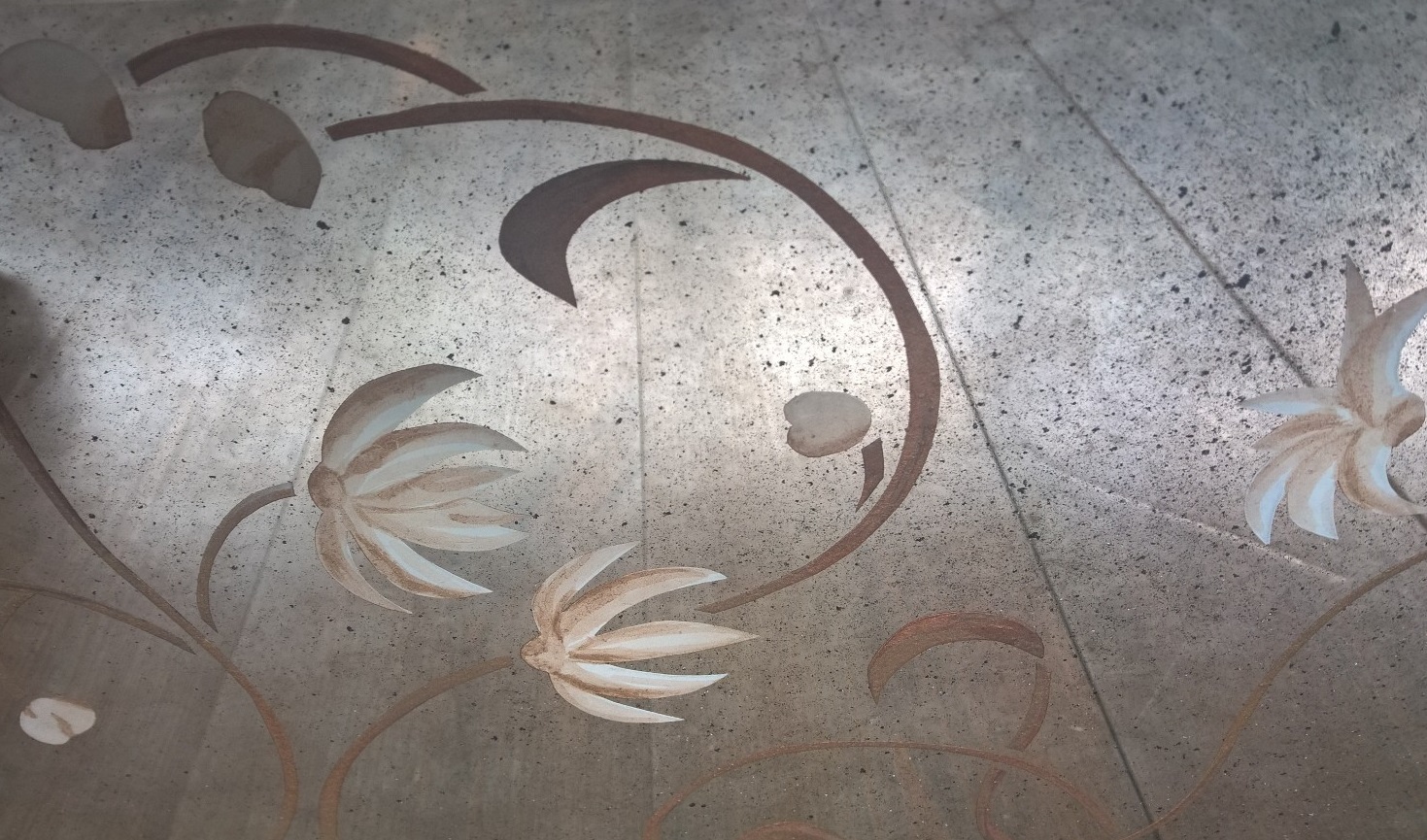
19 Jun THE MIRROR IS NOT GLASS
The mirror, for me, is no longer glass although it is made of the same material. In the mirror, a simple transparent glass that is silvered – and my father also made the hand silvering of mirrors – hide qualities, mysteries and uses that open the doors of dimensional experimentation.
Just think of the parabolic mirrors on the streets that, a long time ago, were all made of glass. If they are silvered on the concave side and observed on the convex side, they become parabolic mirrors; but if the working process is carried out in reverse, in the case of a small mirror, it becomes magnifying, in the case of a large and sufficiently curved mirror, It returns a vision of the upside down mirror.
With this object you can do many experiments of reflection and combinations of different materials; for this it has little to do with the glass itself.
When I stopped considering it as such, I started experimenting.
In the early 2000s I was commissioned a mirror by a contractor who made hotels and private residences. Now I don’t remember if the name that was given to the work was chosen by me or the designer, but the name was: Kaleido.
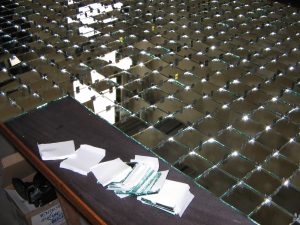 It was a very large mirror. Its surface, quite large, measured about one meter by two and was composed of little squares of five centimeters by five of mirror. The feature of the work was, however, that the mirror squares would be positioned with slightly different inclinations from each other in order to make a fragmented reflected image.
It was a very large mirror. Its surface, quite large, measured about one meter by two and was composed of little squares of five centimeters by five of mirror. The feature of the work was, however, that the mirror squares would be positioned with slightly different inclinations from each other in order to make a fragmented reflected image.
To do this work it was necessary to cut all the pieces perfectly equal, separate one piece from the other to allow the inclination and so that they did not touch and chip in mutual contact. Finally, paste the little squares so that the reflection was broken down into thousands of modern pixels.
The Kaleido mirror has been one of the most interesting experiments with this design object, as well as common use.
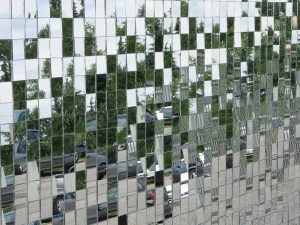 Over the years, there have been many special requests to exploit their capacities to the full. In Calmaggiore in Treviso, a long time ago, there was a shop that sold intimate. He asked me for a mirror for the dressing room and wanted a mirror that could slim the forms of those who would be reflected. To obtain a good effect, in this sense, few precautions are necessary and especially the knowledge of this object.
Over the years, there have been many special requests to exploit their capacities to the full. In Calmaggiore in Treviso, a long time ago, there was a shop that sold intimate. He asked me for a mirror for the dressing room and wanted a mirror that could slim the forms of those who would be reflected. To obtain a good effect, in this sense, few precautions are necessary and especially the knowledge of this object.
The mirror lives of light so the light can not fall from the ceiling down because the result would be to emphasize the defects. The light must point at the figure being reflected and, in order to give some perspective, it is sufficient that the mirror is placed slightly tilted backwards.
The mirror allows you to switch between worlds, one would say in some fantasy stories, and antique mirrors are often requested precisely because of their ability to recall historical atmospheres that seem to favor a slight leap in time. The age of mirror silvering can be done in different ways and each glassware has its own technique.
What often happens, however, is that, unfortunately, the use of industrial glass with a perfectly flat surface, although antiquated, give a picture at least perfect. In my opinion, what stands out in these cases is the ability to reflect and not the age.
I began, then, to think about how to make an antique that would resemble more ancient mirrors. My personal turning point came when I tried to use mouth-blown glasses that have light streaks and bubbles that then, anticipating the silvering, resembled more mirrors of the 1700s.
Another effect typical of ancient mirrors is the blackening due to direct sunlight. Silvering with silver began at the beginning of the nineteenth century but, before, mercury was the means to make glass become a mirror. Mercury was used together with very thin sheets of tin. What happened, however, was that the mercury attacked the tin by fixing itself on the glass, with the result of fearing the light.
In some Venetian villas, where there are original mirrors framed in plaster or attached to the walls, you can still notice the effect of the sun if it goes to hit directly on their surface.
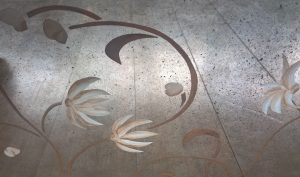 Becoming black, it loses adhesion to the glass and falls apart. The parts in mercury and tin come off and reveal another great historical testimony: the newspapers that were interposed between the mirror and the wooden base that was used to support it and hang or frame it.
Becoming black, it loses adhesion to the glass and falls apart. The parts in mercury and tin come off and reveal another great historical testimony: the newspapers that were interposed between the mirror and the wooden base that was used to support it and hang or frame it.
From the newspaper it is possible to trace the origin of the mirror, who made it and where. In some old mirrors, in which time has worn out the silvering, I devised a way to age the silvering by creating transparent areas where you can insert old newspapers to create a really fascinating fake antique.
With this technique I made antique mirror tiles for Italian restaurants in Paris. From there I became passionate and sometimes I still make them.
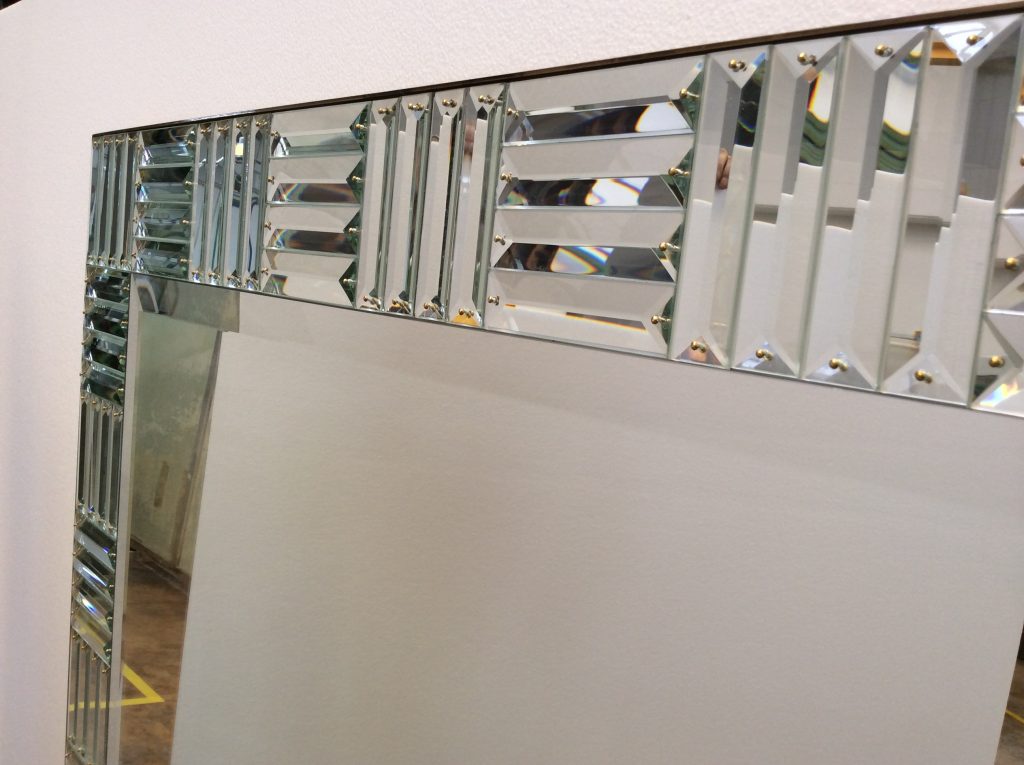
The mirror has its own characteristics, even literary, that distinguish it. It reflects the image and it is impossible not to admit that there is an unconscious connection with this object.
Vittorio Benvenuto